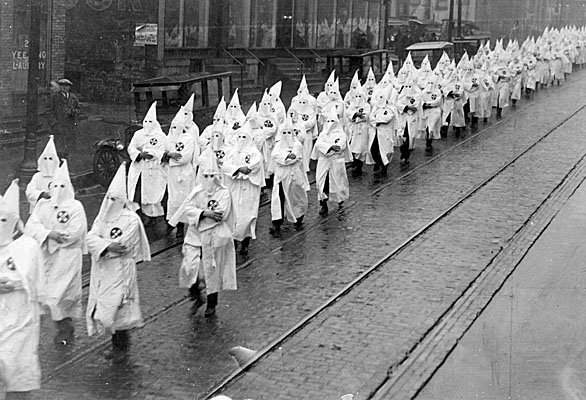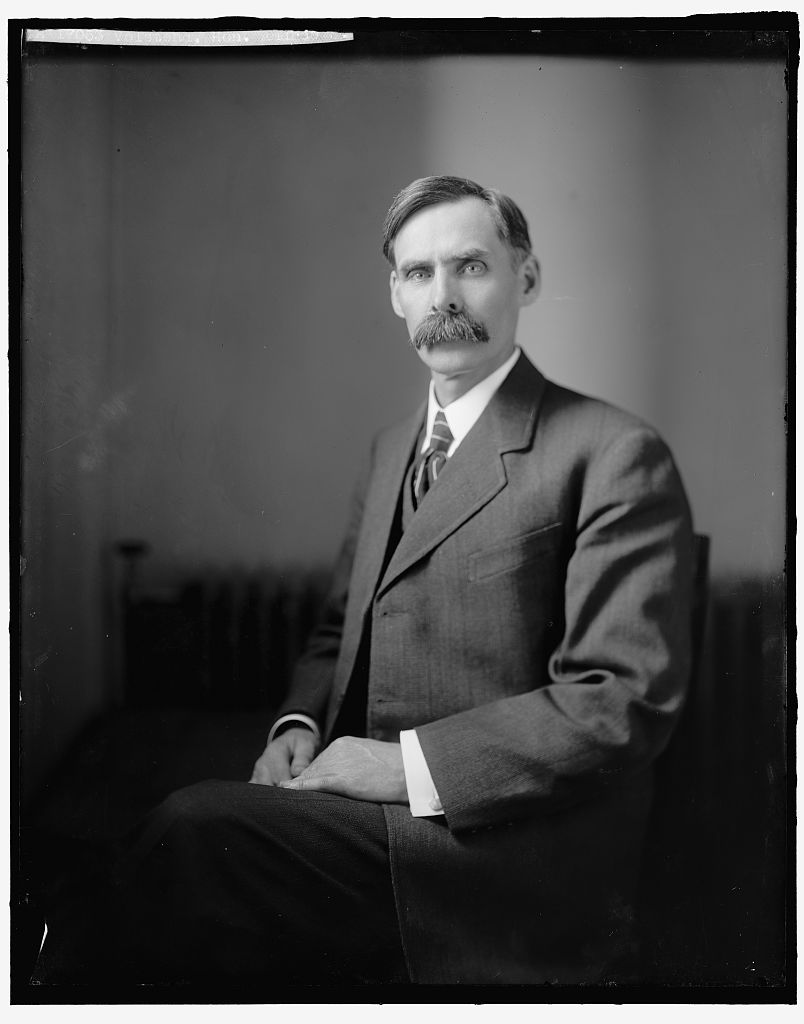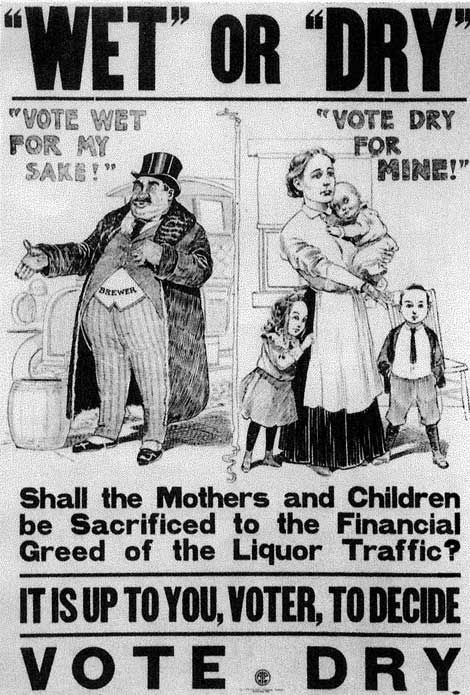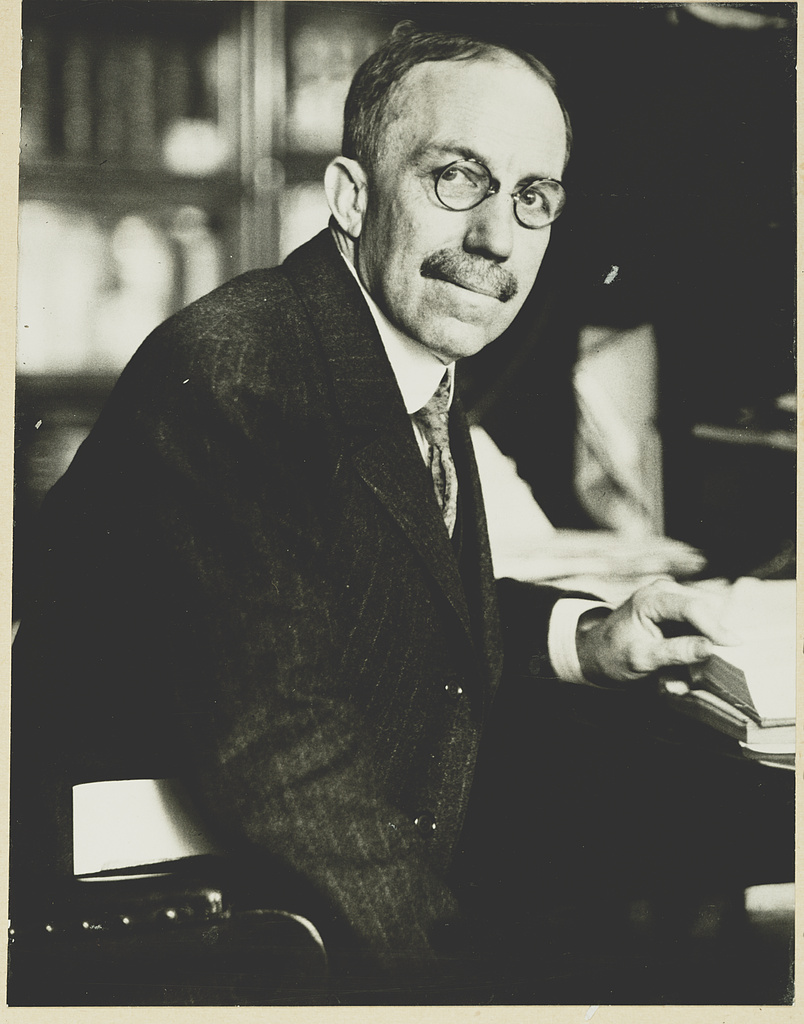The Building Blocks of Prohibition
Scroll to read more





The Building Blocks of Prohibition
The foundation for Prohibition was built during America’s centuries-long history of widespread drinking of alcohol. In 1630, the Puritans, among the first colonists from Europe, brought along caches of beer and wine when they arrived on the East Coast. By the early 1700s, colonial America already had a drinking problem, so much so that Great Britain took a stab at prohibition. In 1730, the British Parliament overseeing the American colonies, alarmed by the abuse of rum and brandy in Georgia, prohibited the transport of spirits into the colony. But after Georgians turned from farming to illegal stills and imported liquor from South Carolina, Parliament ended the prohibition 13 years later (ironically, the same number of years that Prohibition would last nearly two centuries later).
Commercial distillers of rum and whiskey were well-established in the years before and after the Revolutionary War, as were many home brewers, including founding fathers George Washington and Thomas Jefferson. Taverns, often the best locations for social and political communication, proliferated. The Second Continental Congress considered but did not pass a bill to ban whiskey in 1777. Dr. Benjamin Rush, Washington’s surgeon general during the Revolutionary War, wrote in 1785 a pioneering and widely read argument for temperance, decrying the “ardent spirits” whiskey and rum as habit forming and associated with liver problems, diabetes, gout and madness. Rush, however, did not object to people imbibing the lower-alcohol-content drinks beer and wine.
But by the early 19th century, heavy drinking became the norm among American men, with the average adult male downing from 7 to 12 gallons of alcohol per year. Former President John Adams declared in 1811 his “zeal amounting to enthusiasm against” the spread of hard liquor and taverns. Among the early organizations to protest excessive drinking was the Massachusetts Society for the Suppression of Intemperance, formed in 1814. Other groups in Connecticut and New York soon followed. With better supplies of water available, President Andrew Jackson’s secretary of war eliminated the rations of whiskey given to soldiers in the U.S. Army and banned drinking at military installations. The Washingtonian Movement in Baltimore – a group of drinkers asking others to join in pledging to abstain from alcohol – started in 1840. Even a young Abraham Lincoln, in his “Temperance Speech” in 1842, praised the “splendid success” of campaigns to cut alcohol but also asked crusaders to provide “a drop of honey” and “moral support,” not condemnation, for longtime drinkers.
The new “temperance movement” galvanized religious denominations from Protestant to Catholic who viewed drinking as sinful. Maine became the first state to ban alcohol in 1851, setting off a national prohibition trend. Oregon, Minnesota, Rhode Island, Massachusetts and Vermont went dry the next year and seven other states and one territory had prohibited alcohol by 1855. It didn’t last long, though. The prohibitionists turned to a bigger issue – abolishing slavery. When the Civil War started, the federal government needed tax revenues on spirits and beer to finance the fight against the Southern rebellion. All the prohibition states, save for Maine, repealed their laws.
The temperance movement revived in the years after the Civil War, mostly among women who were the wives of middle- and upper-class professional men. America was experiencing large waves of immigrants whose cultures included drinking: Ireland (whiskey), Germany (beer) and Italy (wine). What was dubbed the “Women’s War” against alcohol grew into a near-revolution and served as the country’s first peaceful protest movement that would influence generations worldwide. These women, blaming domestic violence and financial problems in the home on drinking, sought to disgrace men and close the many male-only saloons, or “dram-shops,” breweries and distilleries through confrontations, picketing and sit-in protests.
In 1873 in Hillsboro, Ohio, Eliza “Mother” Thompson, inspired by Dr. Dioclesian Lewis, who delivered anti-liquor sermons inside saloons, got groups of hymn-singing women to enter stores and saloons, successfully urging many owners to stop selling booze. The campaign quickly caught fire. Temperance advocates halted alcohol sales in parts of the Midwest and West. The Women’s Christian Temperance Union (WCTU), a protest and lobbying organization started in 1874, was headed by Francis Willard, who spoke of a national ban on alcohol. Their efforts would also promote women’s suffrage. But their political successes were stunted because of lobbying by the monied liquor companies, which even blocked efforts to extend voting rights for women to prevent them from voting in favor of prohibition.
A larger shift in the path toward Prohibition came in 1893 with the founding of the Anti-Saloon League, a prohibitionist group that involved fewer women and was headed by a man, Wayne Wheeler, who proved to be a shrewd, ruthless political tactician. The league debuted during a period known as the Progressive Era that produced reforms in civil rights, labor, conservation, industry and political corruption. Wheeler seized on the anti-immigrant sentiment of the age, inducing fear among mainly rural white Americans that the drinking cultures of new arrivals from Europe in urban areas were weakening the nation’s moral fiber. He first succeeded in getting “dry” legislators elected in Ohio. By 1908, more than 50 counties in Ohio opted to ban alcohol. Wheeler realized national prohibition was within his grasp.
Many city residents in America resented the scores of saloons in their communities that enticed working men to squander their money on booze and other vices. But for the national prohibitionists, the major tipping point in their dry campaign was World War I. After America declared war on Germany in April 1917, Wheeler and his alliance of women’s temperance bands such as the WCTU and Protestant church groups set their sights on a constitutional amendment banning most alcohol. Wheeler and crew made for a powerful national political force in the states, exploiting patriotism, resentment against German-American beer makers, and to protect U.S. troops from the temptations of liquor and saloons. Their first big triumph was convincing Congress to approve Wartime Prohibition, a ban on alcohol for the duration of the war. With the momentum on their side, dry activists proposed a prohibition amendment to Congress with plans to lobby the state legislatures to approve its passage.
As American soldiers died on the battlefields of Europe, the U.S. Senate on August 19, 1917, voted 65-20 in favor of the proposed 18th Amendment. The House of Representatives followed with a favorable vote of 282-128 on December 18, 1917. Mississippi’s legislature, on January 18, 1918, was the first of the 36 states (three-fourths of the 48 states) required to ratify it for inclusion in the Constitution. America’s war dead had climbed toward 100,000 by the time voters went to the polls on November 5, 1918, for a mid-term election for local, state and national candidates.
The armistice ending World War I was signed on November 11, 1918. With the war over and nativist, anti-immigrant sentiment in the air, the prohibitionists rode the momentum. Weeks later, on January 16, 1919, the 18th Amendment became law after the 36th state legislature, Utah, ratified it. The amendment was to take effect exactly one year later.
But first, Congress had to pass a federal statute to implement the 18th Amendment with a legal process for banning the sales, distribution and transportation of alcohol of no more than 0.5 percent alcohol content and a bureau of federal agents to enforce it. The powerful Wheeler drafted the entire law, the National Prohibition Act. The law would be better known as the Volstead Act, named after Representative Andrew Volstead, a Minnesota Republican and chairman of the House Judiciary Committee, who led the effort to pass it. Congress approved the Volstead Act that July. The act withstood President Wilson’s opposition when lawmakers overrode his veto in October.
The nation’s new law prohibiting alcohol commenced as mandated on January 17, 1920. Violations could mean fines of up to $1,000 and months behind bars. America’s calamitous, 13-year Prohibition Era had begun.
Next Story: Women Led the Temperance Charge >